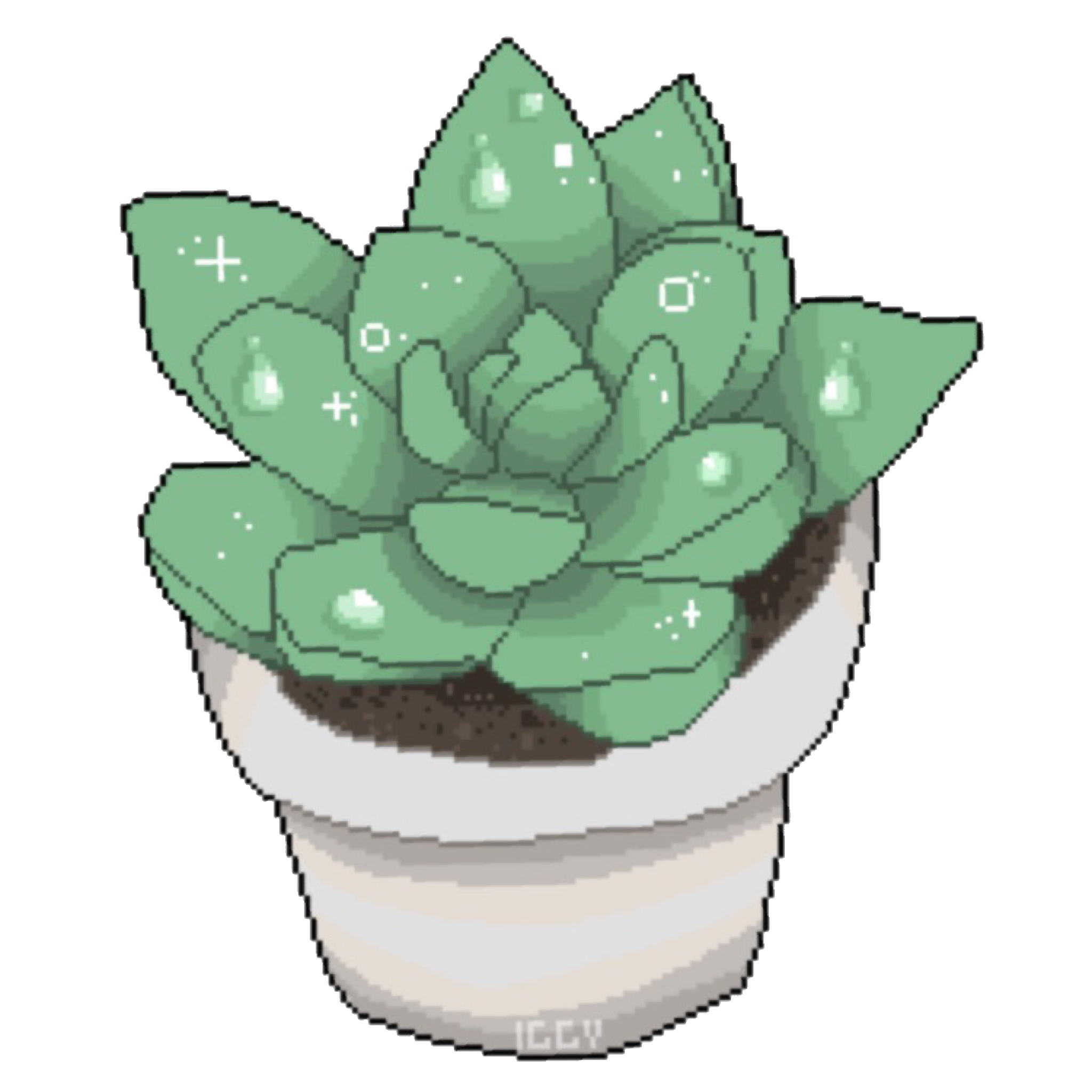Peter Lustig’s unlustiger verschollener Sohn mit weirden Interessen und Gadsen.
🇩🇪 DE/EN 🇬🇧
<Explaination for anyone not knowing obscure German media>
Peter Lustig used to be the moderator in an old German kids science and nature series called “Löwenzahn” (Dandelion) who shaped our generation.
He also shaped my childhood, and I want to honour him.
My real name also isn’t “Günther”, it’s just a reference to “Olaf, Olaf, Olaf, Günther” from Spongebob: The Movie, because I wanted it to sound like a real name and it makes conversations easier.













Thank you for your elaborate response!
I have all of my plants (calathea, weed, doesn’t matter) in hydroculture, with the only exception being the Drosera. I’ve noticed that some CPs really need moss (or peat, as long as it exchanges ions to acid), while some other do well in just soilless media and are more forgiving, like my nepenthes.
If you’re a carnivorous plant nerd, I can show you my learnings if you’re interested, maybe you’ll learn something new.
LECA is completely inert (especially if soaked multiple times in pure water) and doesn’t compact, so you don’t need to repot for years. Many CPs don’t care about the substrate at all, as long as it doesn’t have too many nutrients, and LECA is great for that, because it’s airy and doesn’t compact, opposed to moss or peat, and won’t attract pests.
Watering is also way easier.
I lightly fertilize them from time to time, mainly foliar feeding, but I’ve decided to stop that due to the risks you mentioned.
I think if they are hungry, they’ll catch their own prey.
It’s my first time growing CPs. Is it possible that the ping got more and longer light hours, and therefore changed from the winter succulent to the summer phase? Do the succulent leaves die when summer arrives? Because the newer ones look more spoon shaped.